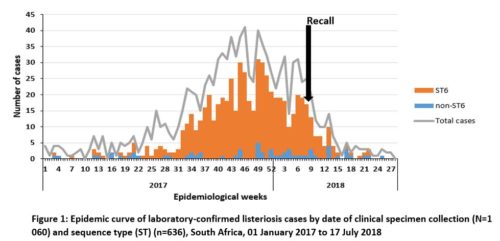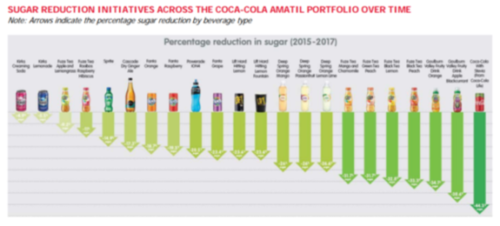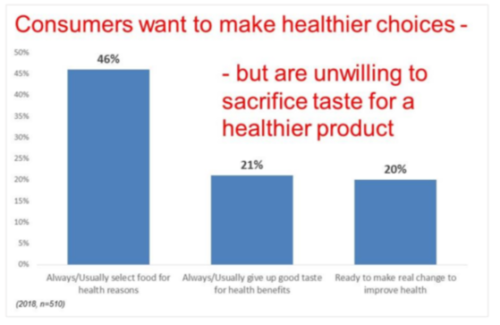Weekend reading: Food Justice Now!
Johsua Sbicca. Food Justice Now! Deepening the Roots of Social Struggle. University of Minnesota Press, 2018.
This book is about how to turn the “eat-better” food movement into a movement for social justice. It directly addresses the complaint that the food movement has no real power.
Sbicca, a sociologist at Colorado State, bases his analysis on three case studies of food justice activism focused on creating reasonably paid work for former prisoners and low-wage workers, many of them of color or immigrants.
He tells the stories of three programs, Planting Justice in Oakland, California; the San Diego Roots Sustainable Food Project; and programs run by the United Food and Commercial Workers Local 770.
In writing this book, he investigates
the tensions between maintaining an “us” in the food movement and a “them” needed to keep the food system running. This informs the prospects of a food politics that is capable of overcoming ethnoracial and citizenship boundaries…The ethnoracial and class makeup of food workers pushes labor organizers to challenge the race-to-the-bottom practices of food corporations.
He ends the book by calling for what is needed to create true food justice: land, labor, community development, health, self-determination, and environmental sustainability—exactly what is called for in food system reform.
This is an academic book but well worth reading for anyone who cares about building a movement with power to change food systems.





